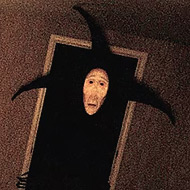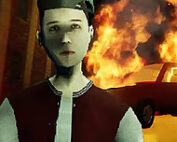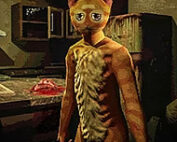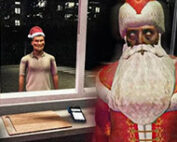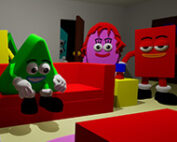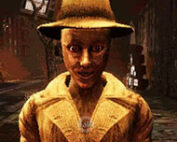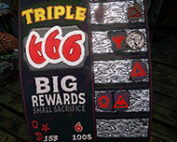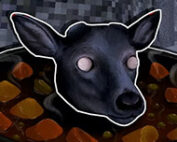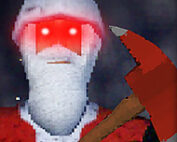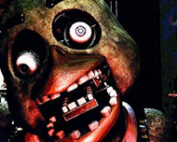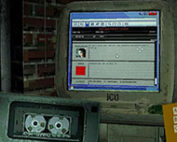OBELISK Game Online
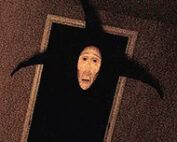
Description
OBELISK is an analog horror game that immerses you in a silent, dark world where each room is colder than the last. Shadows whisper, lights flicker, and the walls seem to breathe. Your only goal is to keep moving—and hope the rooms don’t notice you.
Welcome to the Void
OBELISK drops you into an endless series of dimly lit rooms, each one more unsettling than the last. There’s no introduction, no clear objective, and no one to help. The only certainty is the darkness. Rooms vary in size, shape, and tone—some are claustrophobic, with buzzing fluorescent lights and peeling wallpaper; others stretch on for what feels like miles, with eerie hums in the distance and vents that seem to follow your every step.
This isn’t just a horror game—it’s an atmosphere of dread given form. You’re not running from monsters. You’re navigating a place where **reality itself breaks down**. The rooms remember you. The doors change. Light doesn’t always behave like it should. The deeper you go into OBELISK, the less sense the rules of space and time make.
Analog Horror Made Physical
What sets OBELISK apart is its unique approach to fear. It doesn’t rely on sudden scares or jump tactics. Instead, it pulls from analog horror sensibilities: grainy textures, static overlays, sound distortion, and slow-building tension. You’re not just in a strange building—you’re inside a tape recording of a building that was never supposed to exist.
- Dark Rooms That Shift: Return to a space you’ve been in, and it may not be the same.
- Unseen Presences: Things move in the corner of your vision. Doors close by themselves. Sometimes they open too.
- Audio Tape Elements: Recordings play without speakers. Messages distort into screams. Silence is never truly silent.
- Unnerving Symmetry: Rooms look identical—but aren’t. Patterns start to emerge. Watching them may not be optional.
How to Survive Inside OBELISK
There’s no map, no flashlight upgrade, and no definitive goal. Survival depends on your instincts—and your ability to recognize the signs. This game is slow and deliberate, and rushing will only pull you deeper into the trap. Use these strategies to hold on a little longer:
- Trust Your Senses: A subtle hum, a blinking light, or a warped shadow often signals danger or a room shift.
- Document Everything: If you’re able to take notes or track patterns, do it. This game rewards long-term awareness.
- Don’t Stay Still: Some rooms want you to wait. That’s a mistake. Movement is often your only way out.
- Watch for Repeats: If you start to see the same layout again and again, you’re being watched—or looped.
Is the Obelisk Watching?
Eventually, players begin to suspect the rooms aren’t just dark—they’re alive. And whatever controls them isn’t human. OBELISK never says what it is. It lets your imagination fill in the gaps. The deeper you explore, the more surreal the experience becomes. Walls melt. Doors lead to windows. The ceiling becomes the floor. And yet, despite it all, something keeps pulling you forward.
OBELISK is not just a horror game—it’s a slow dive into disorientation. It’s for players who want to be unsettled not just by visuals, but by sound, space, and silence itself. Step carefully. Watch the lights. And remember: some rooms were never meant to be opened.

































